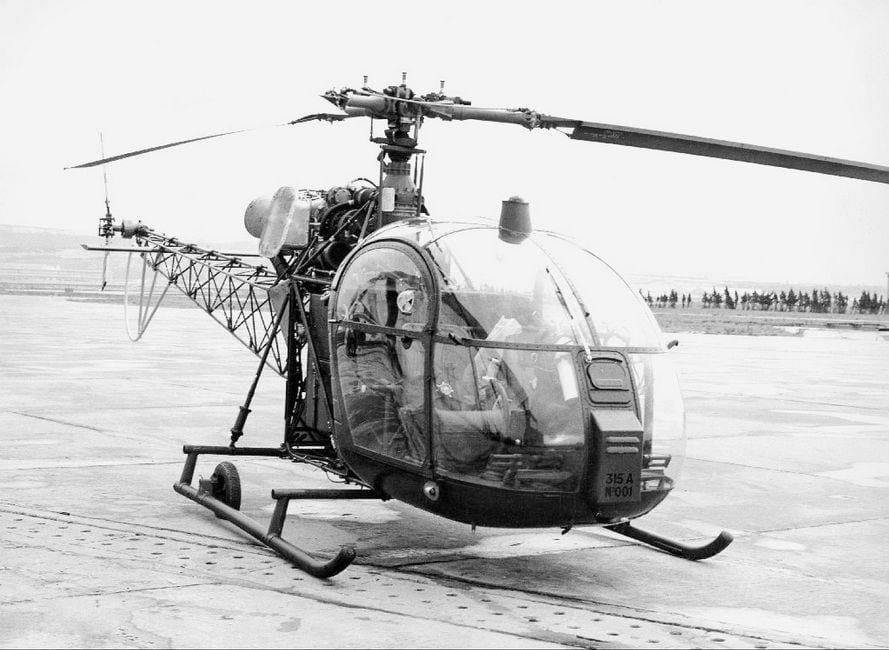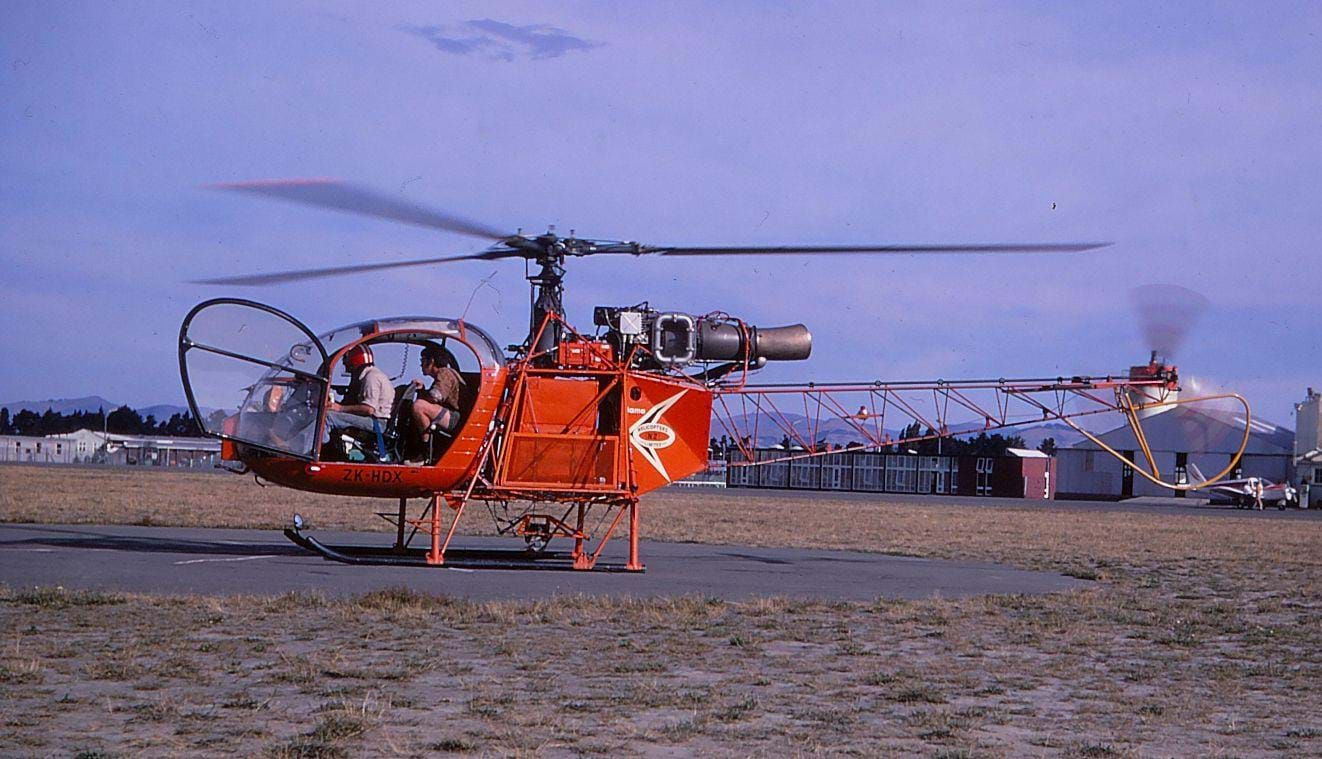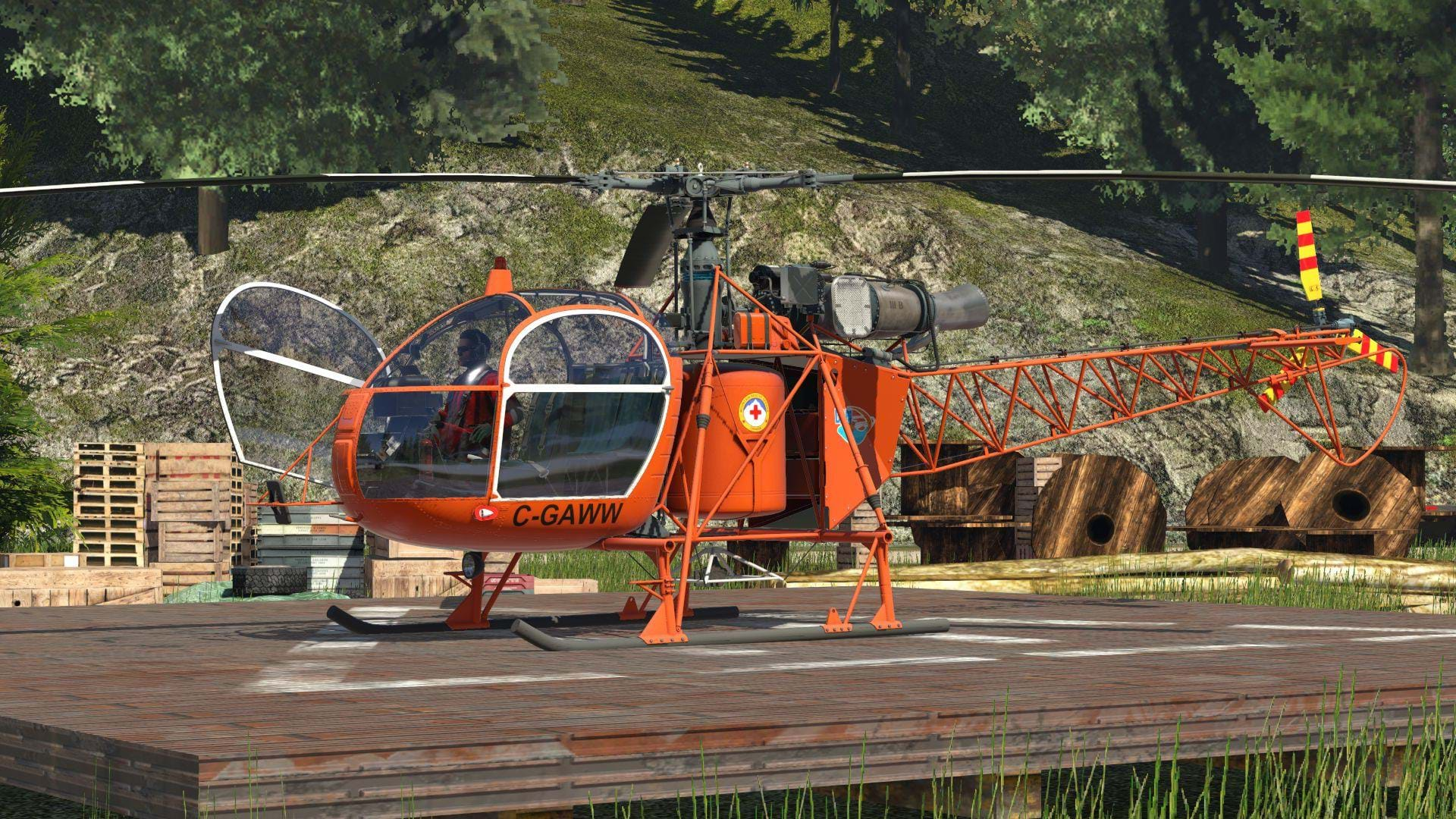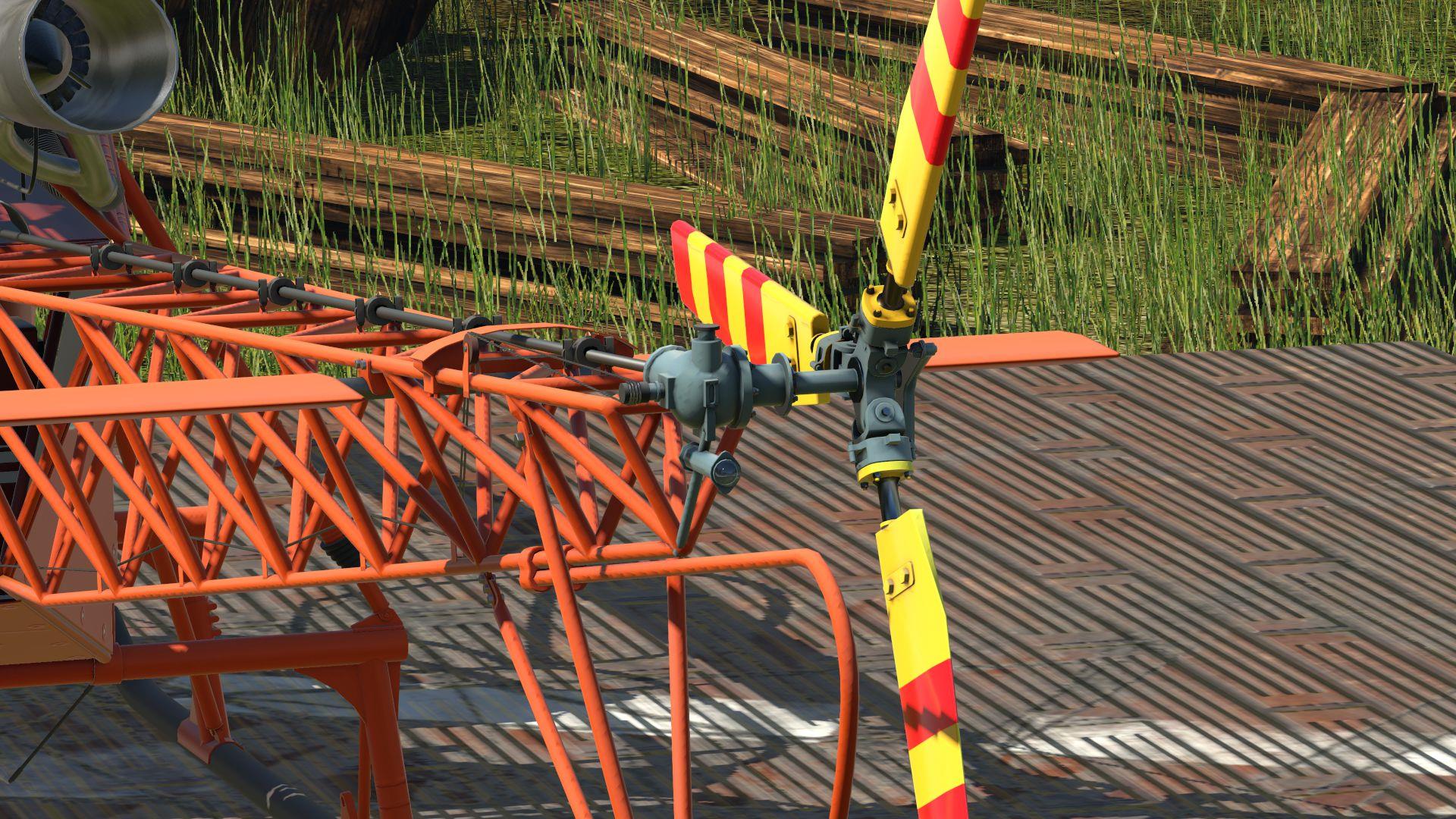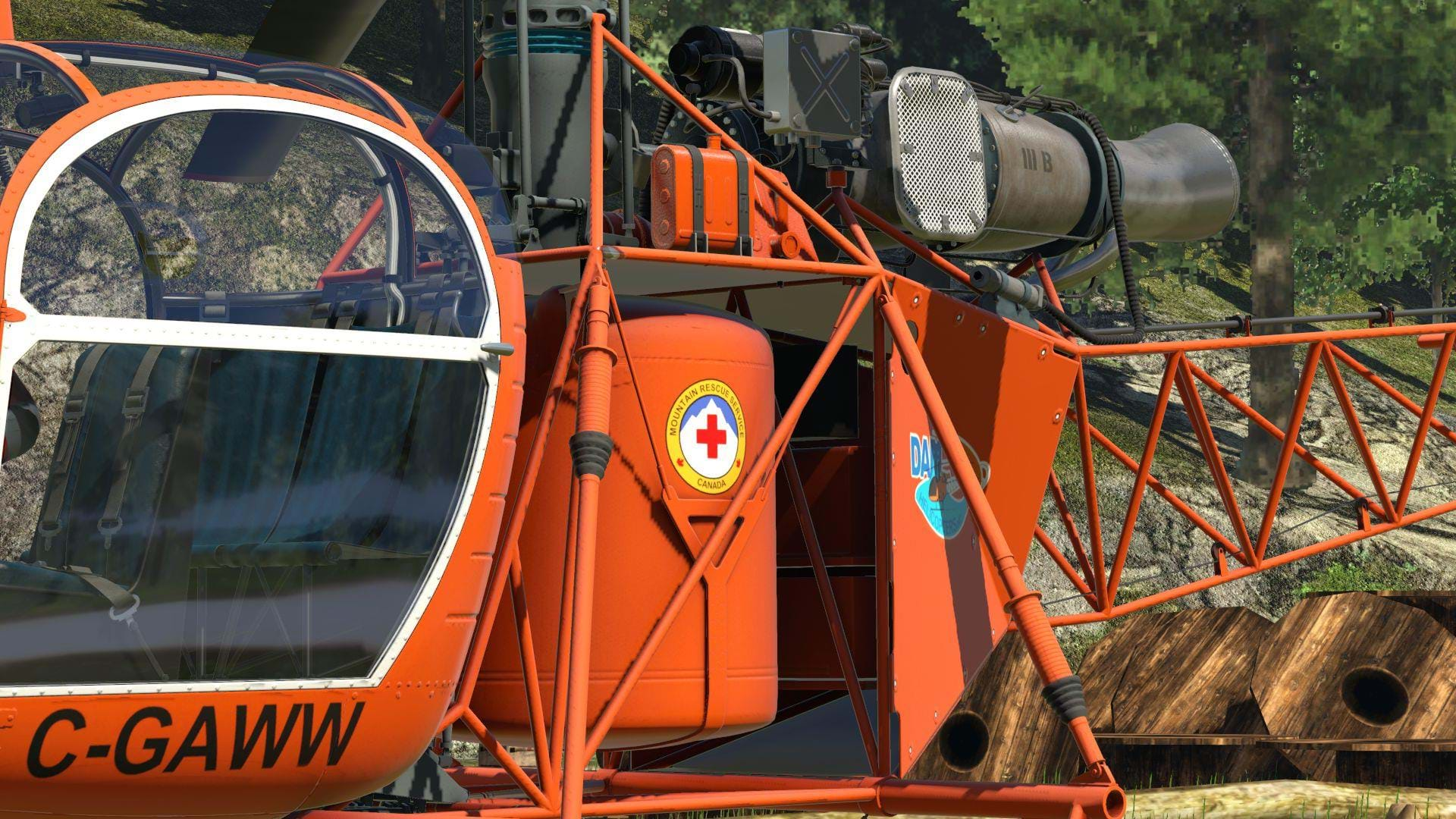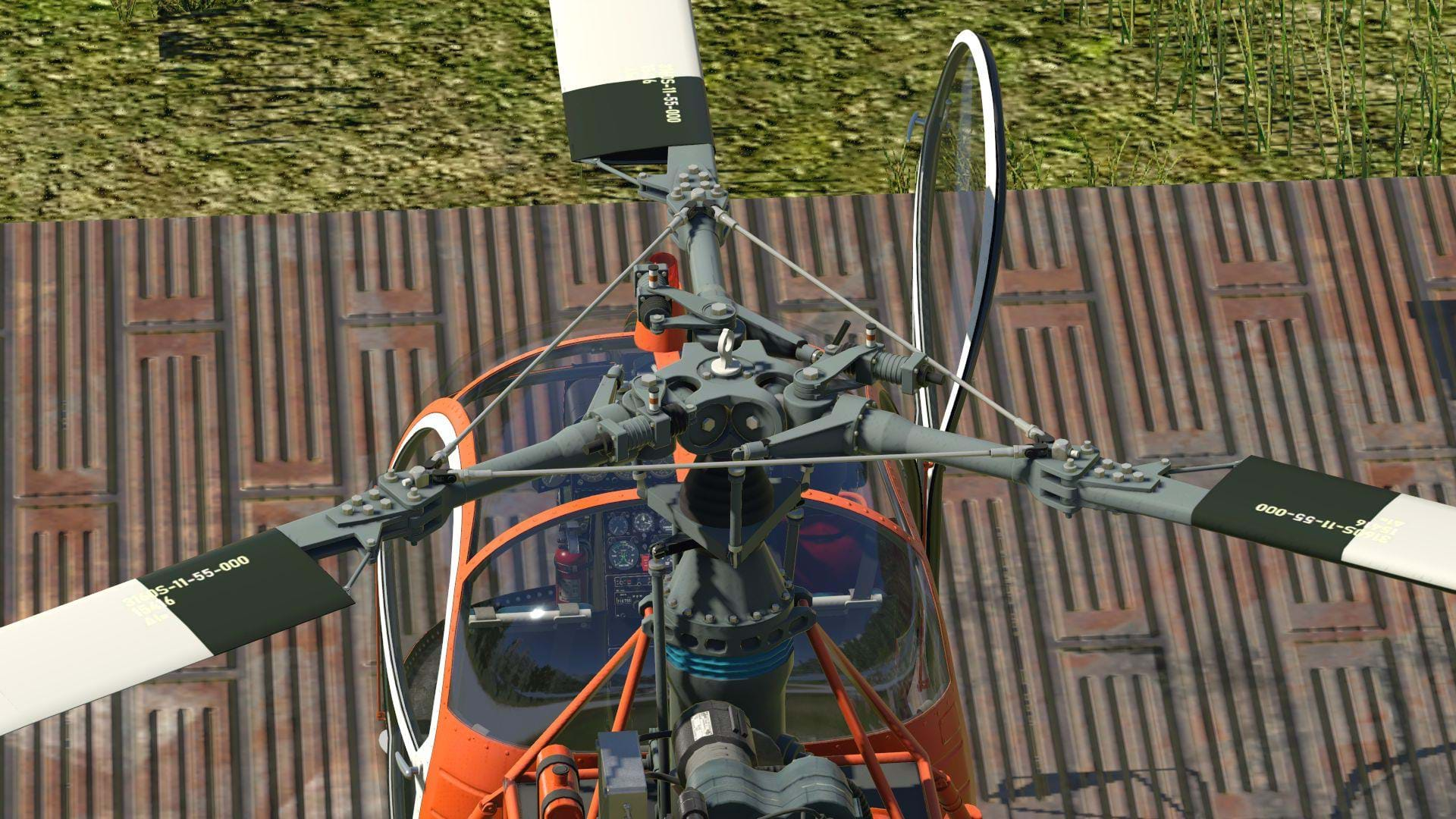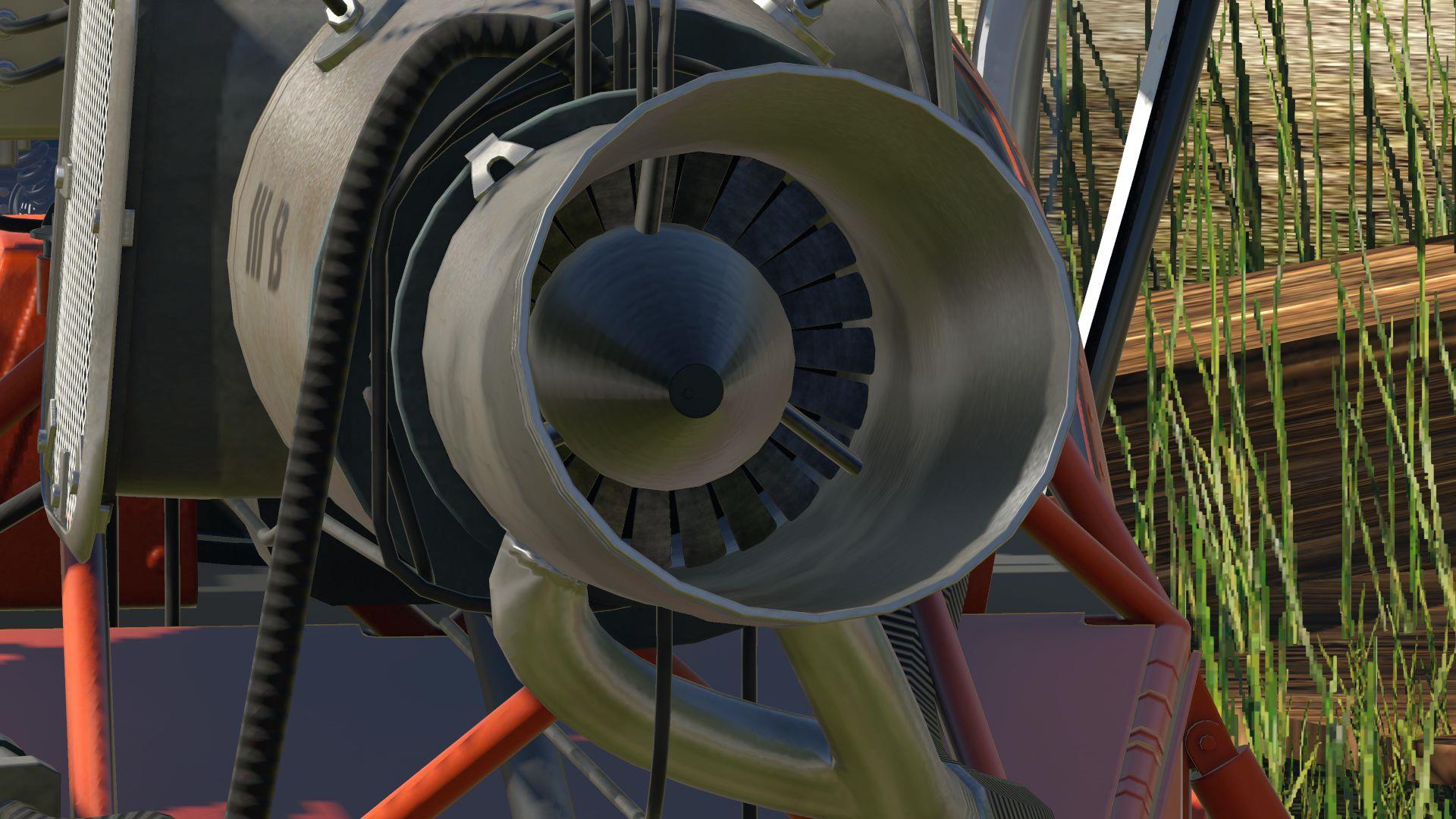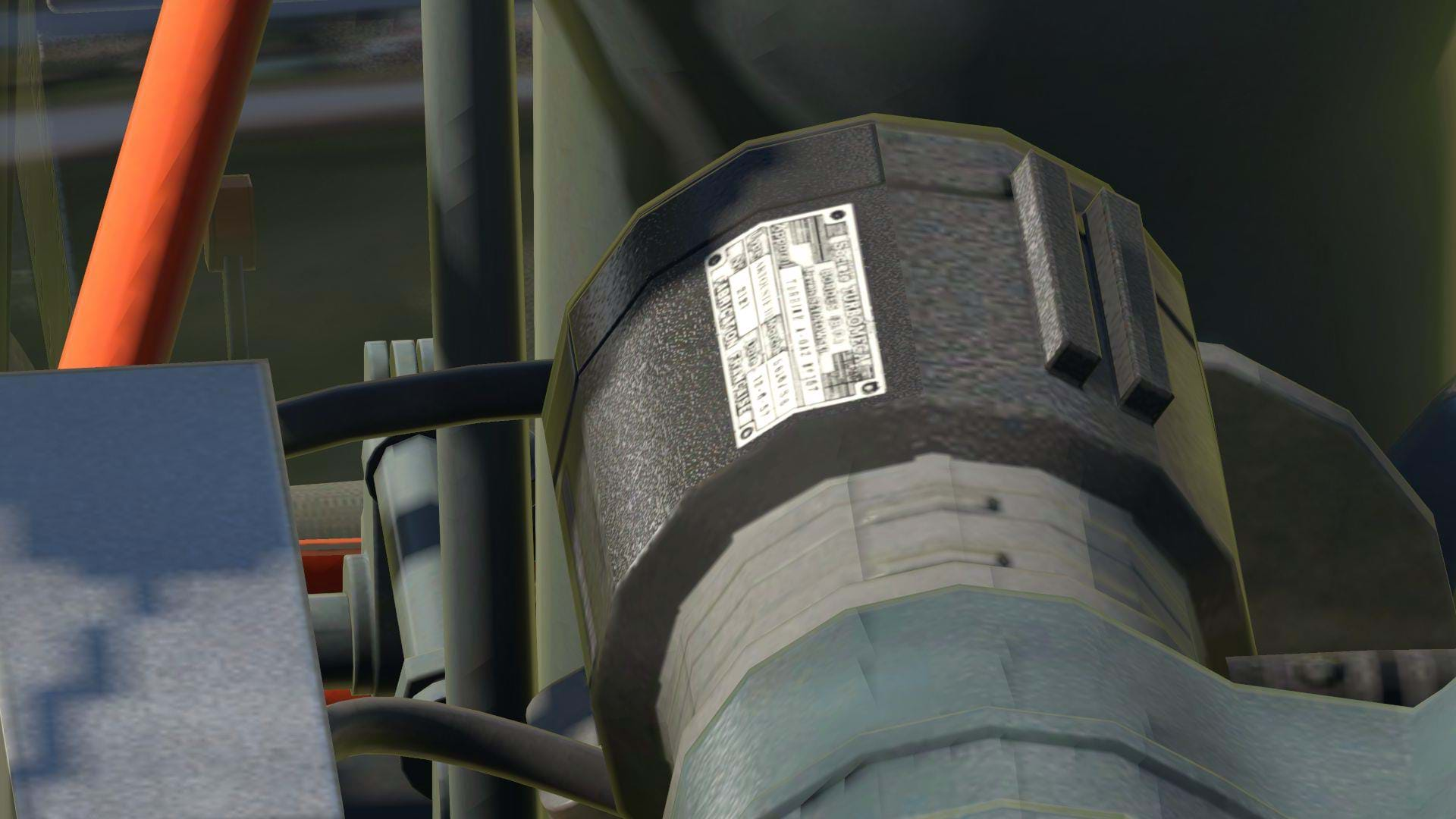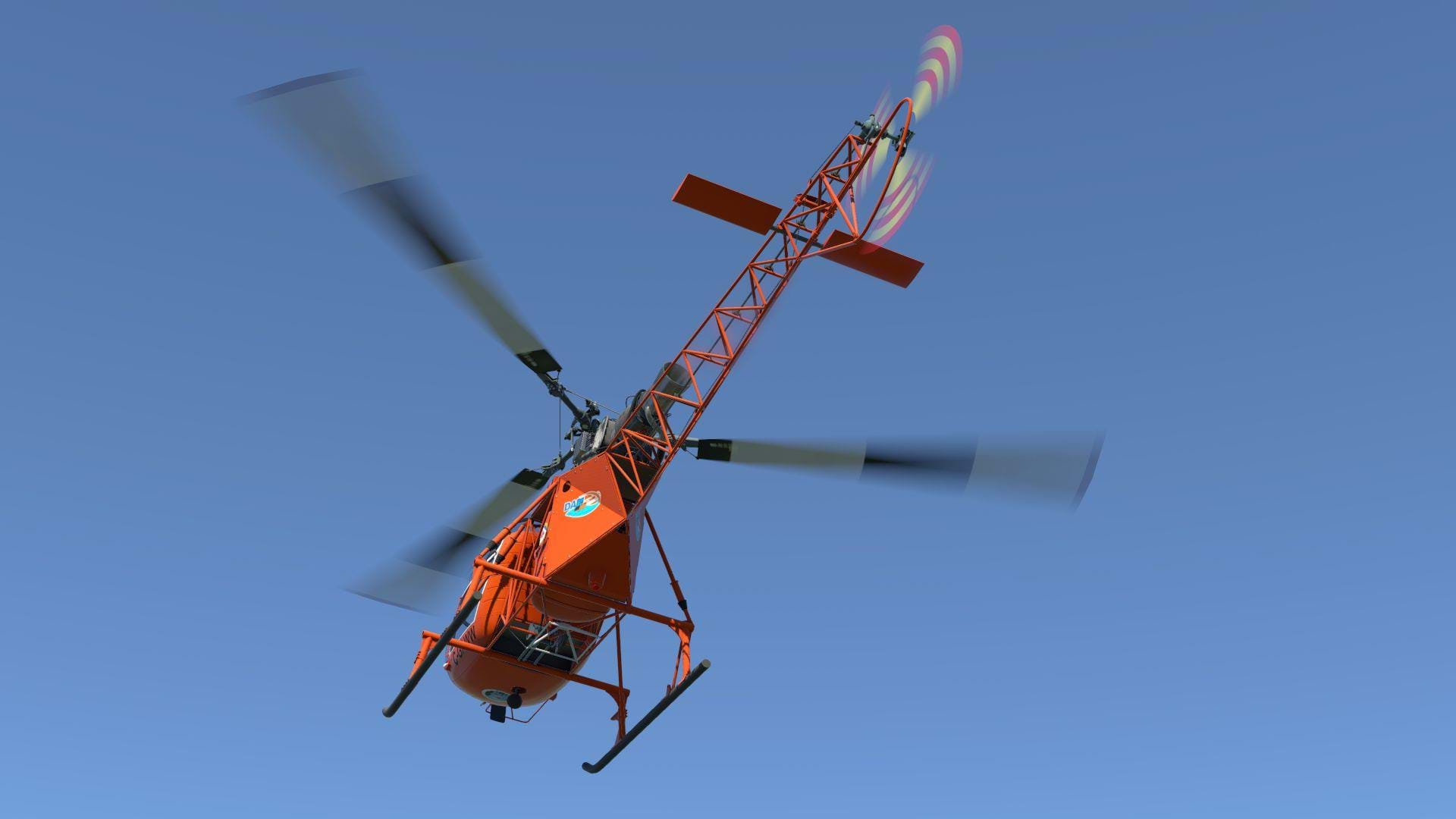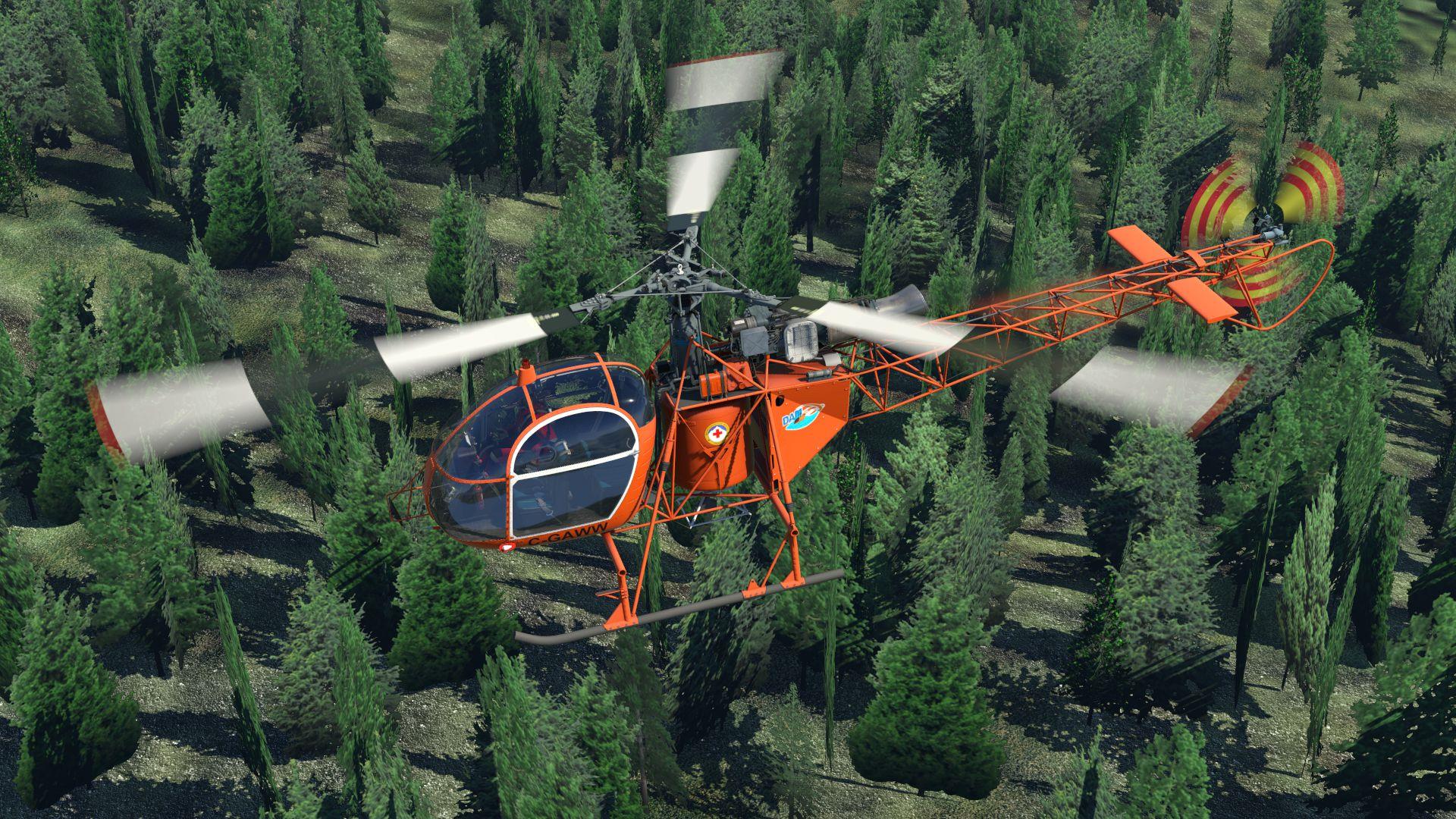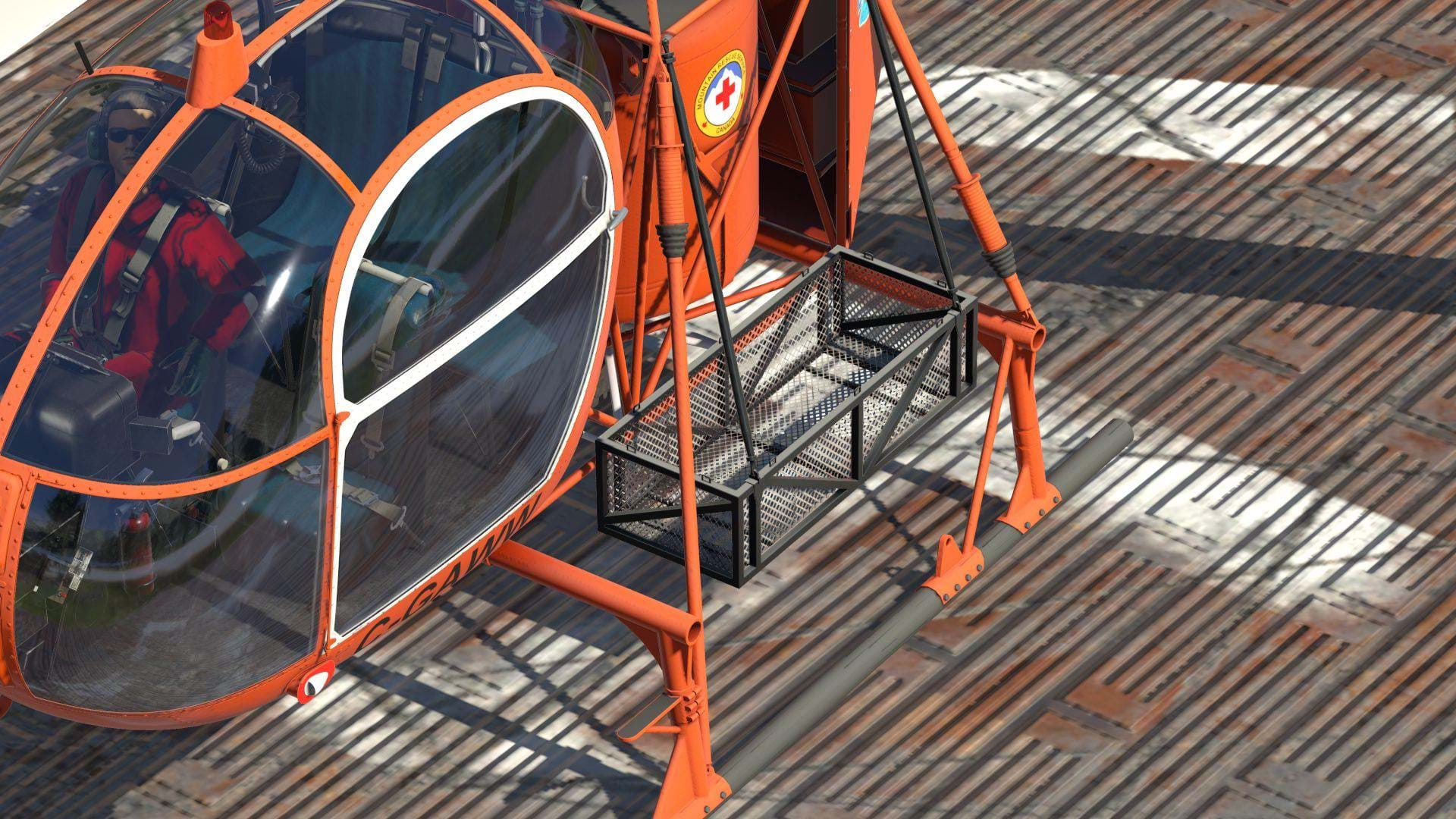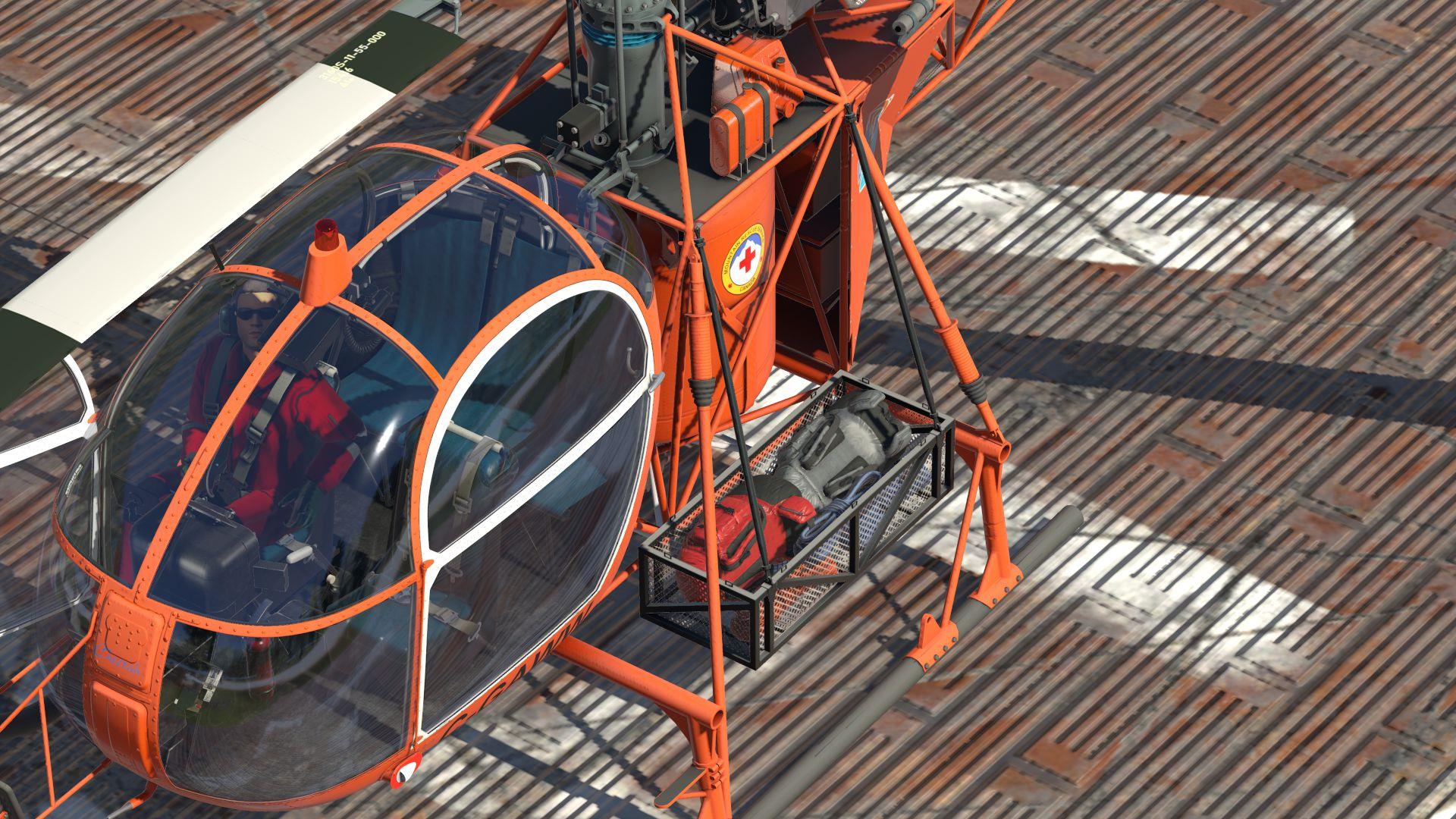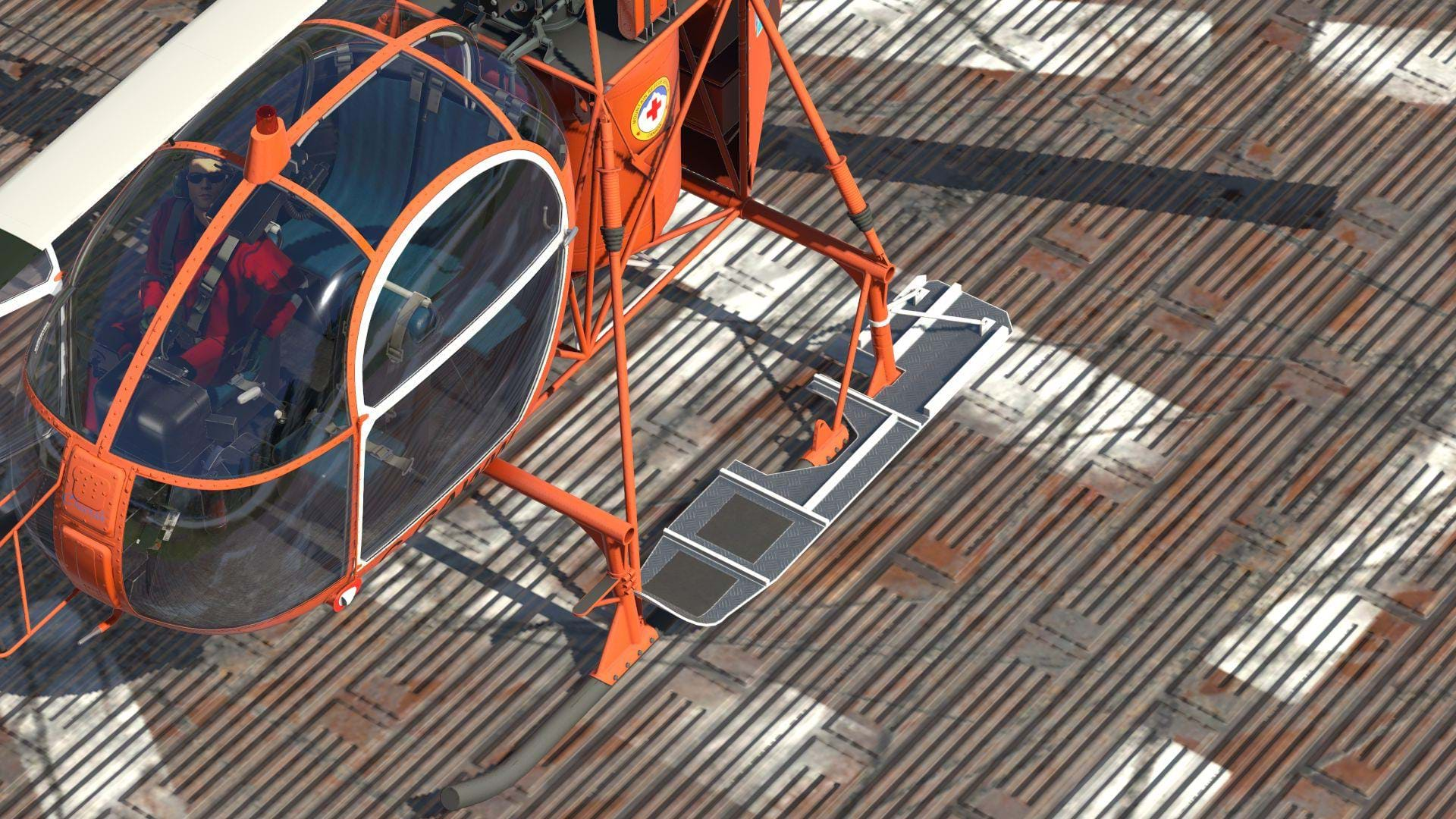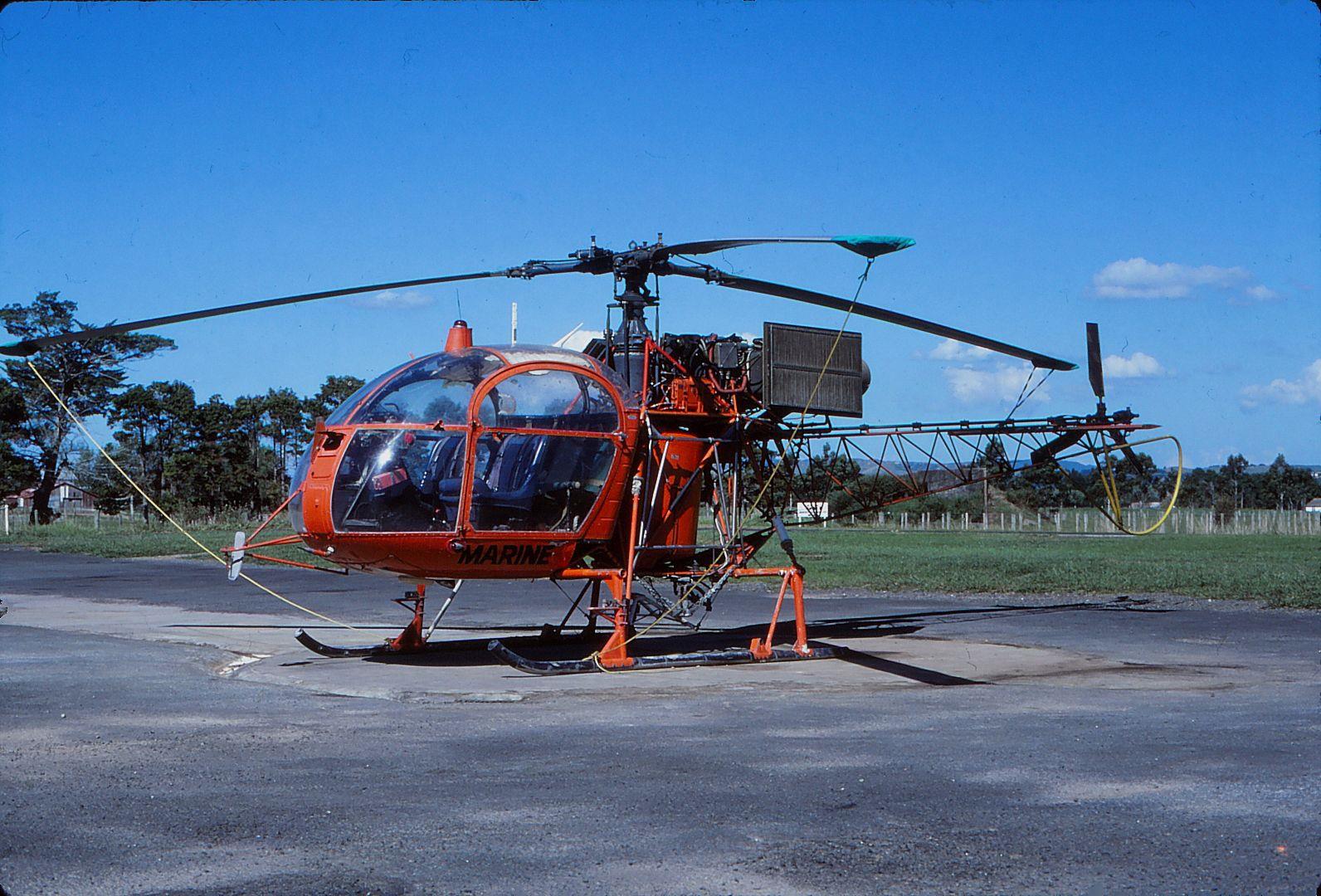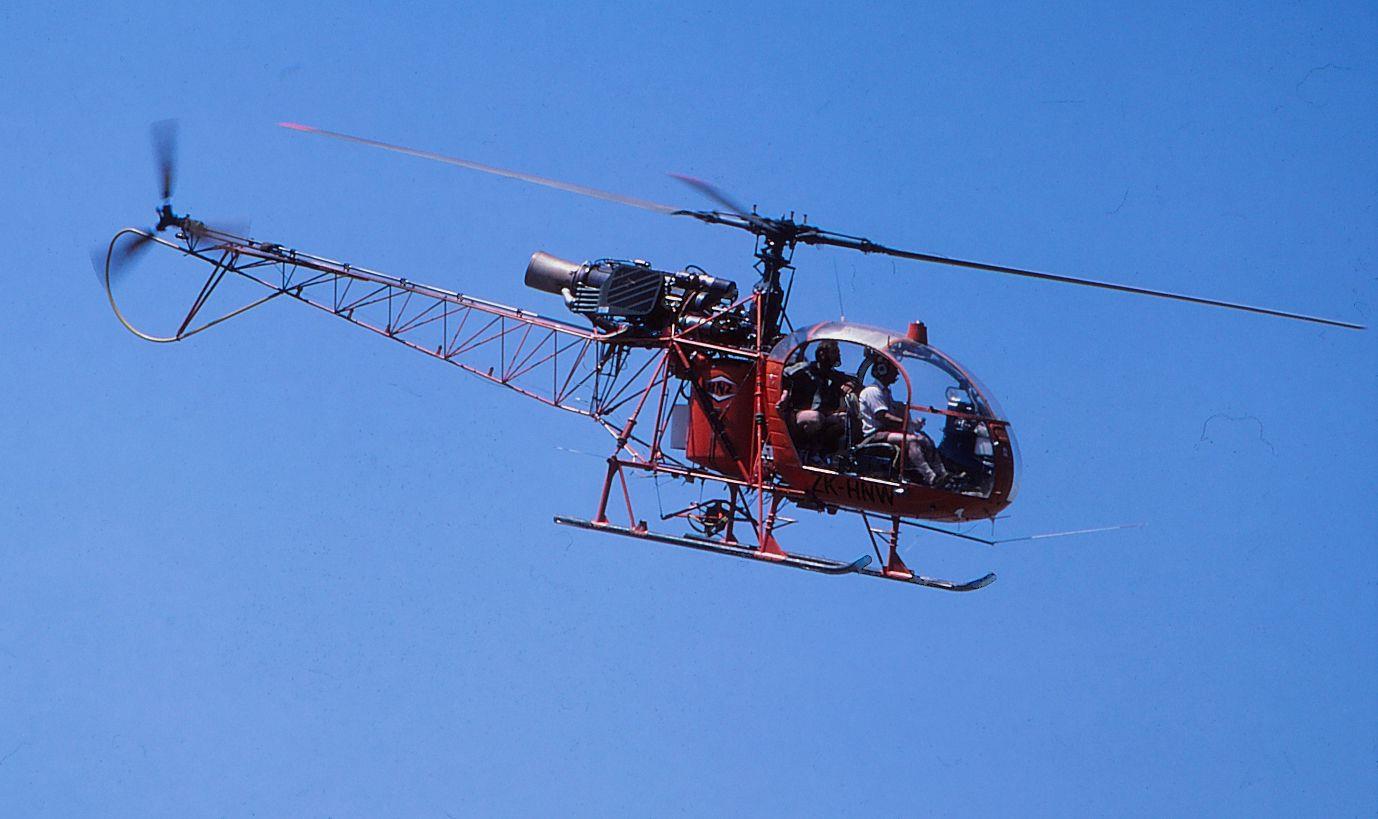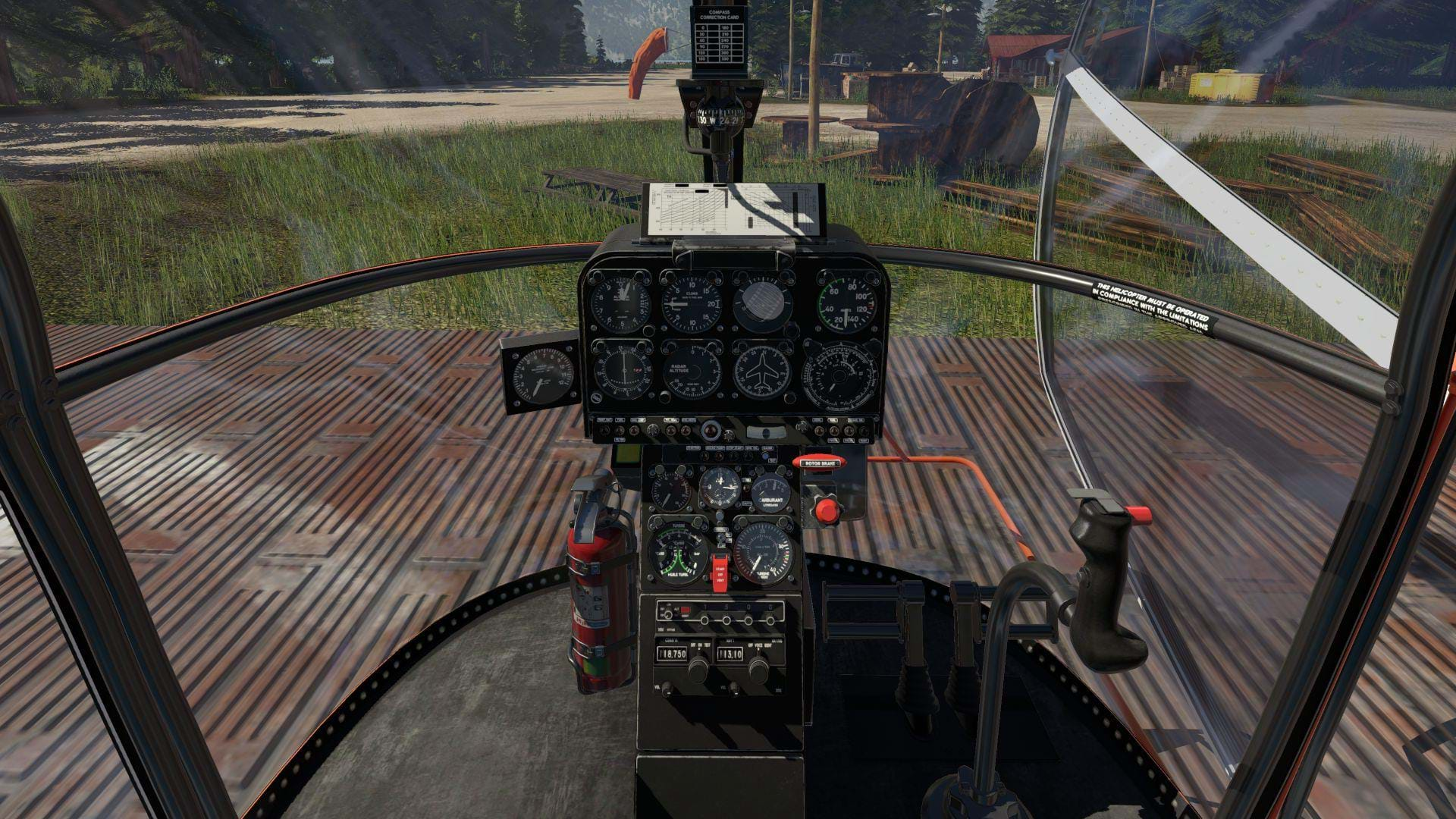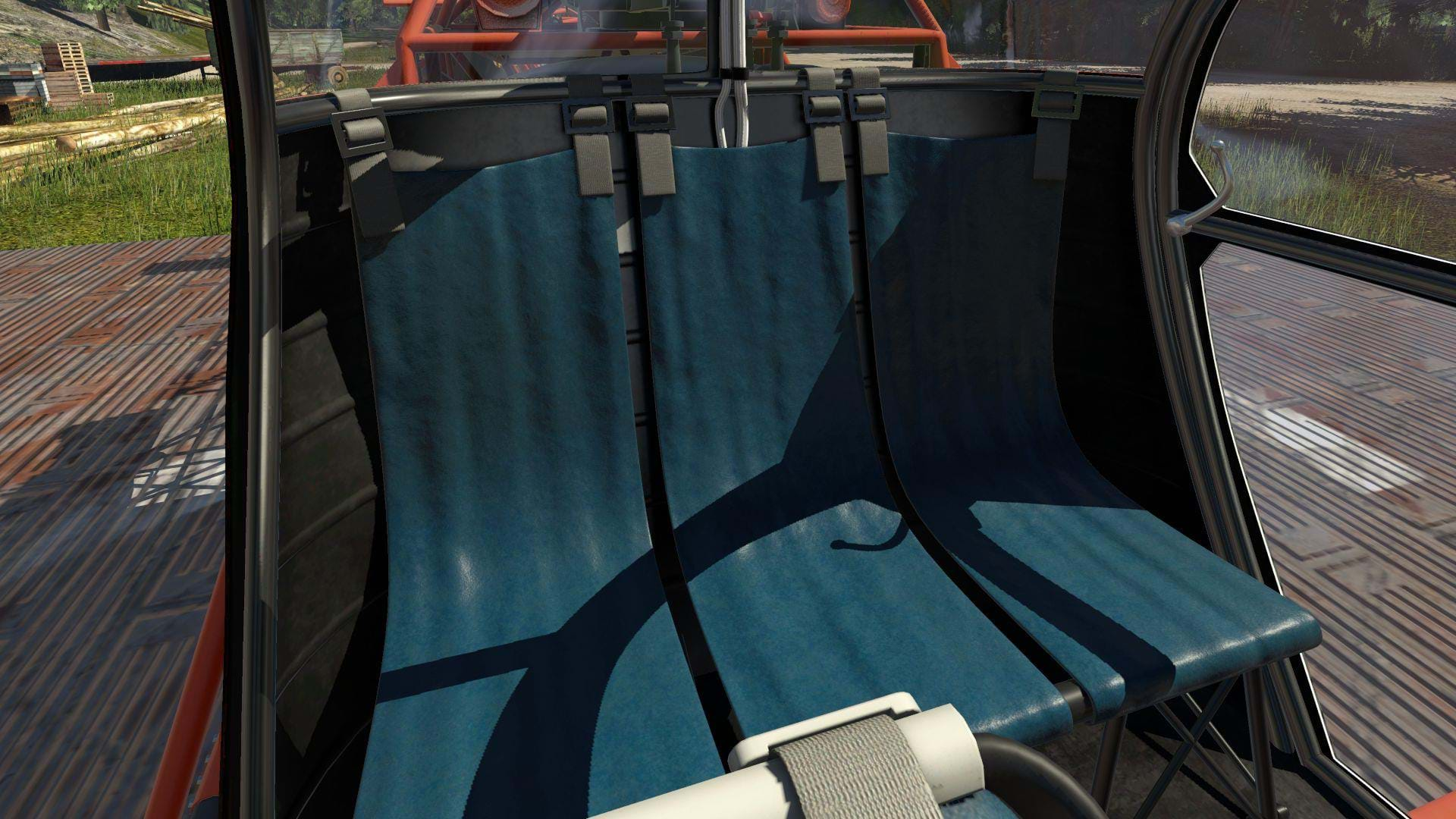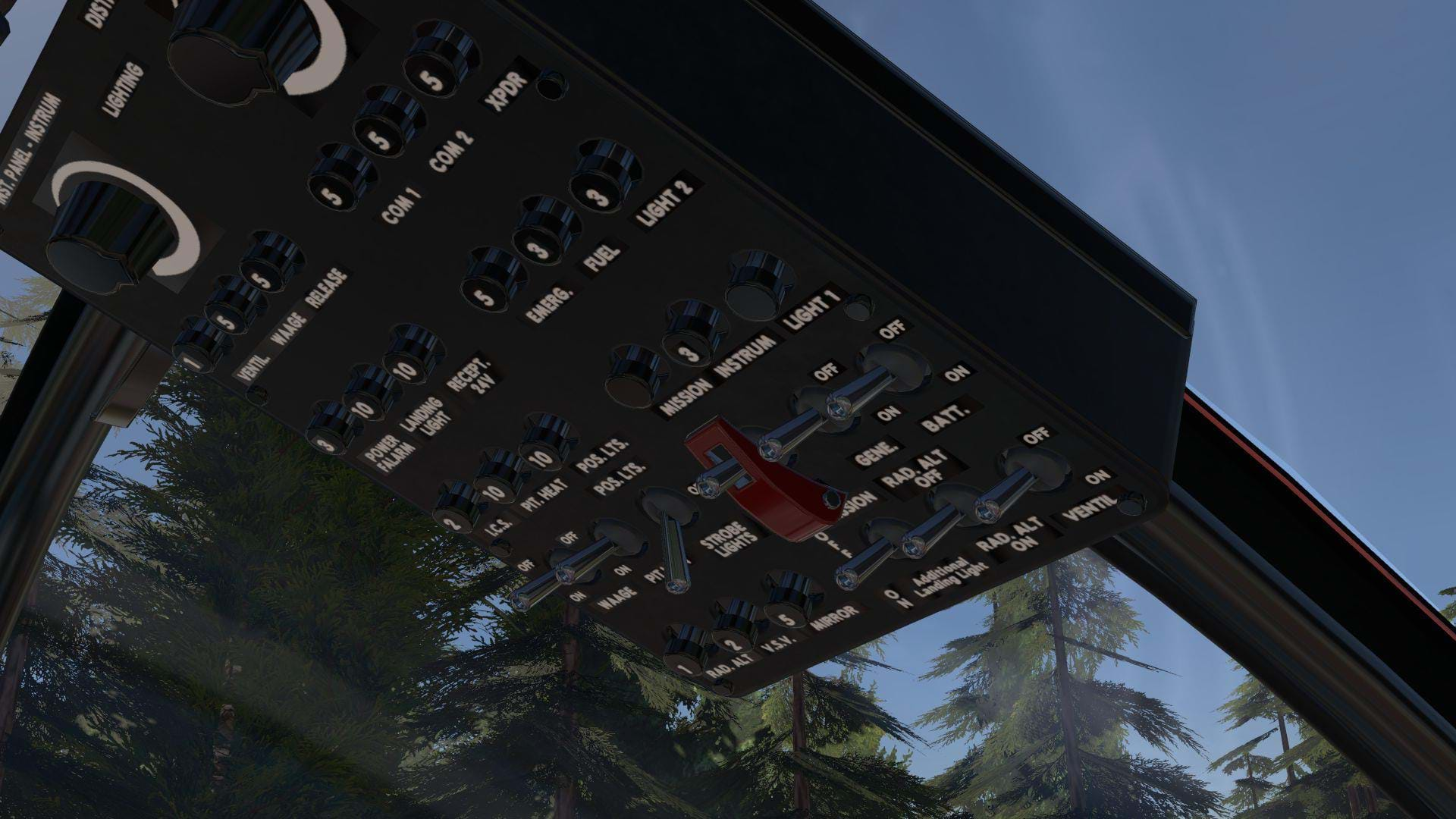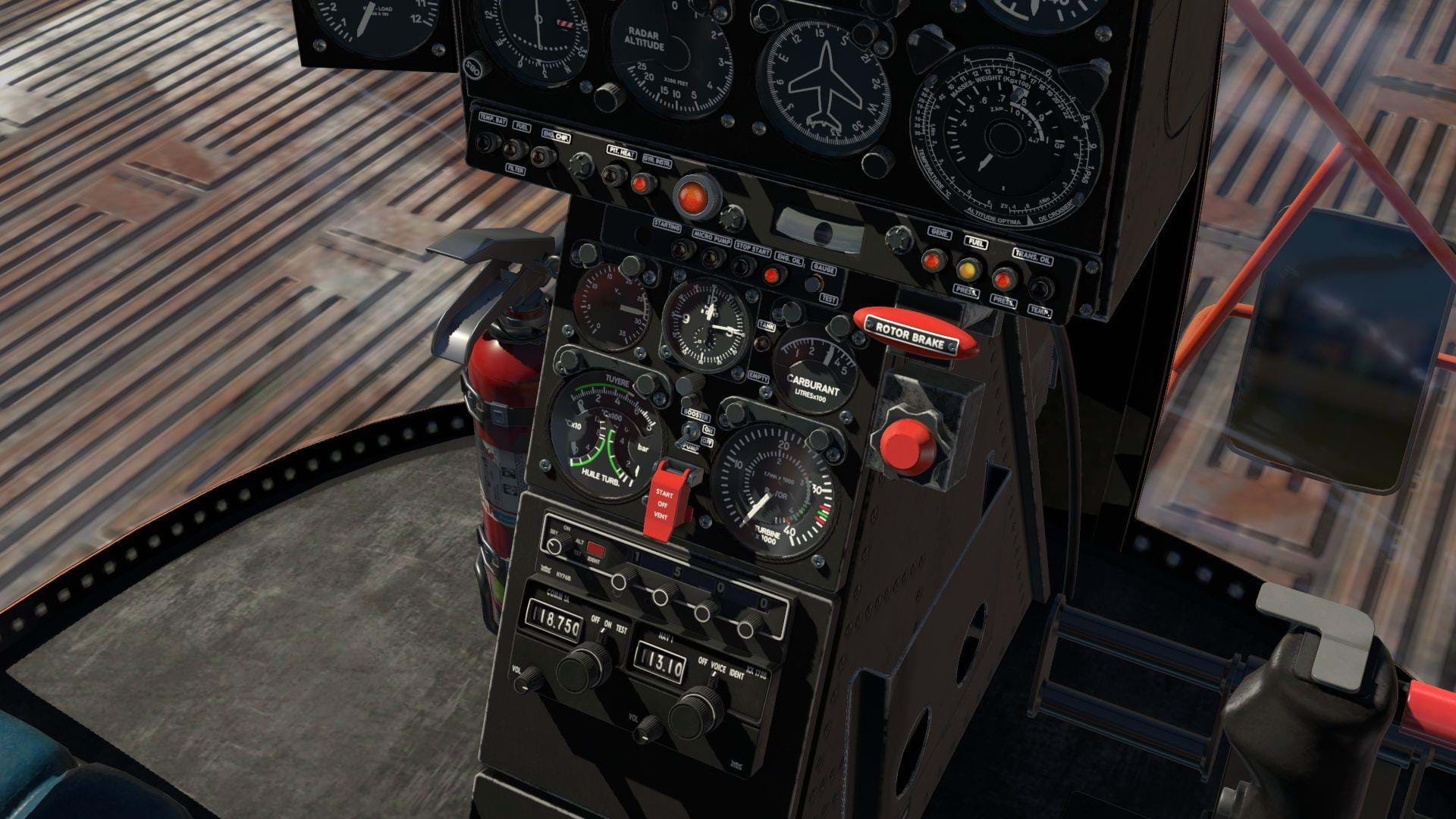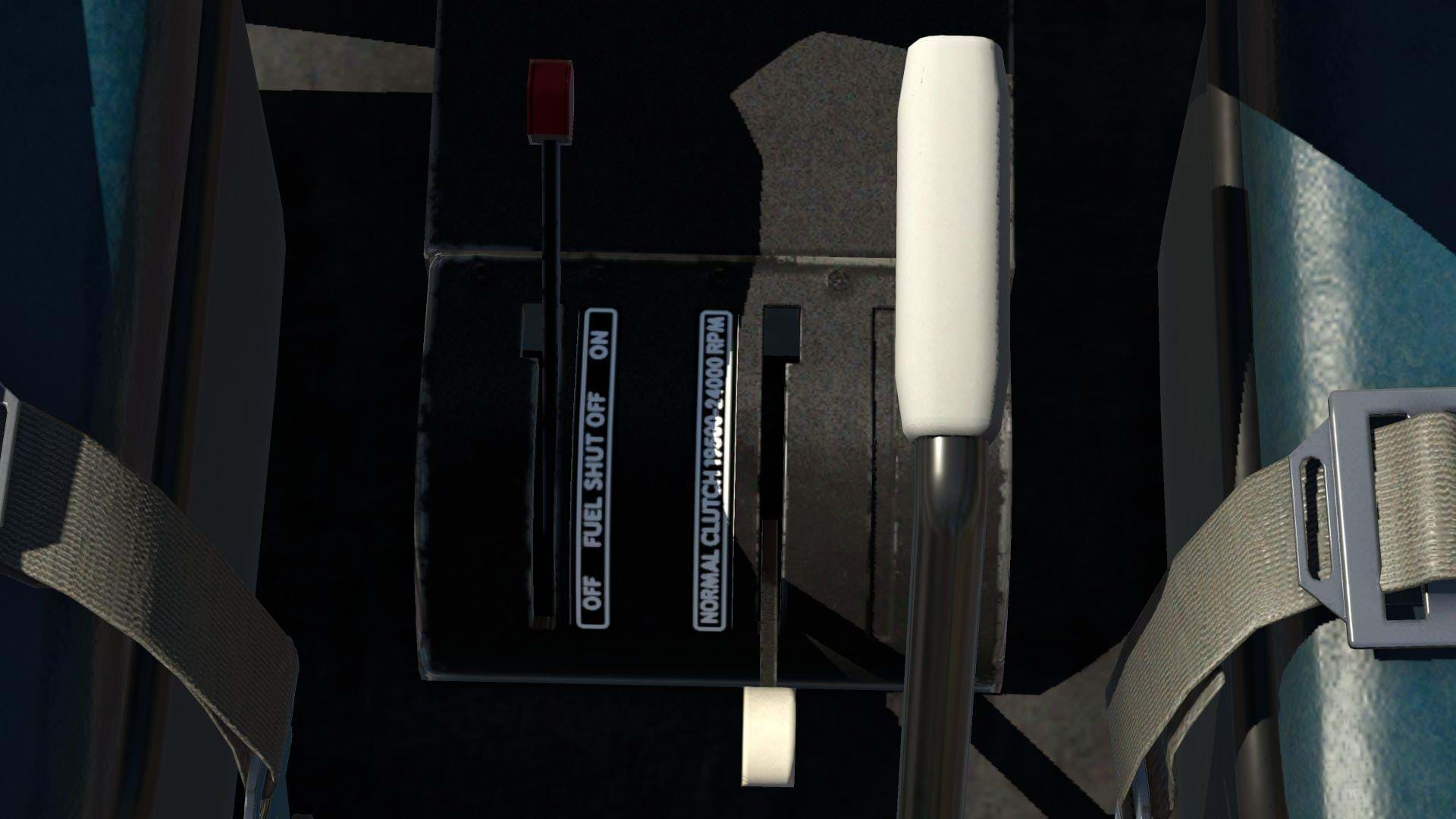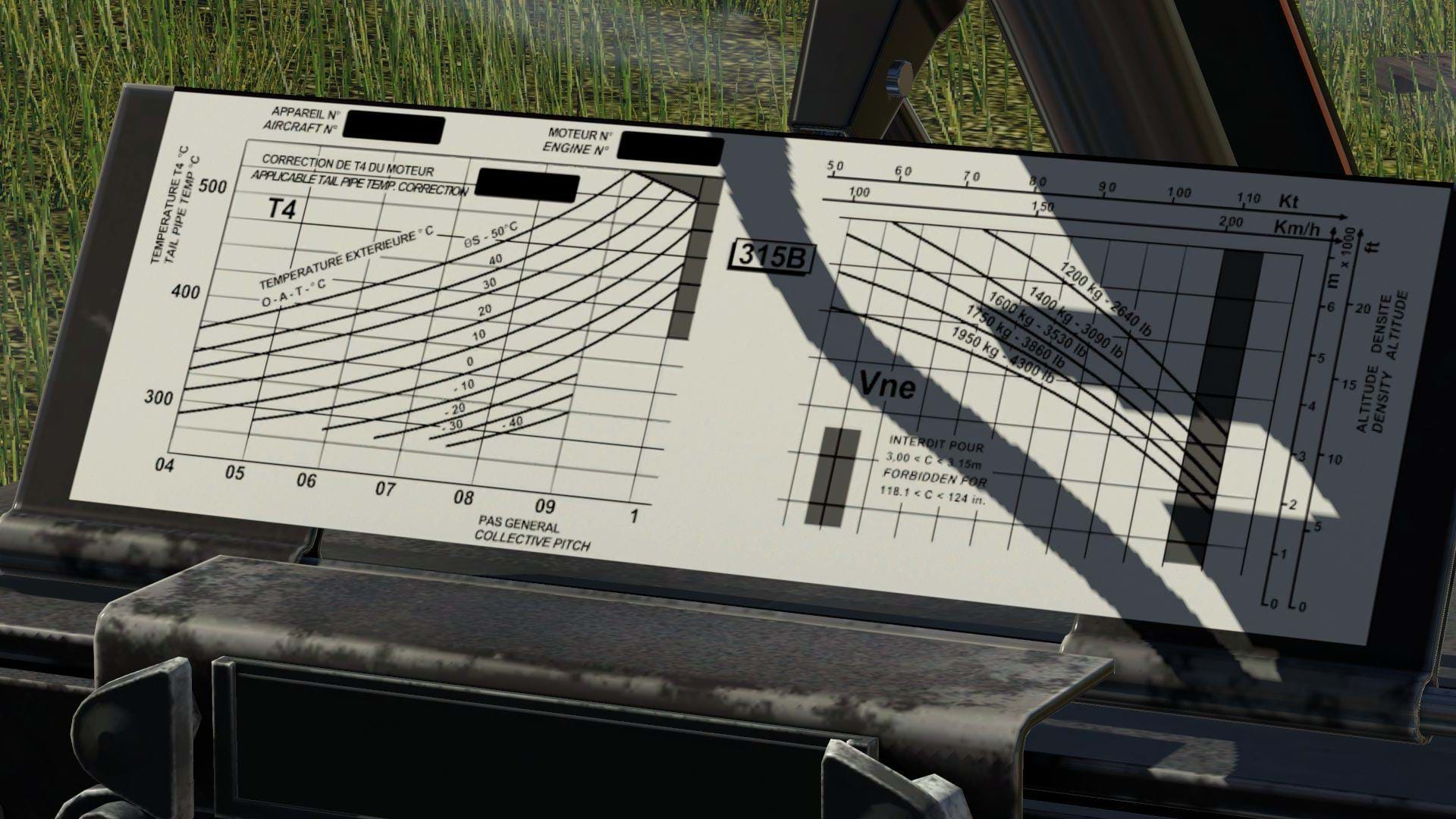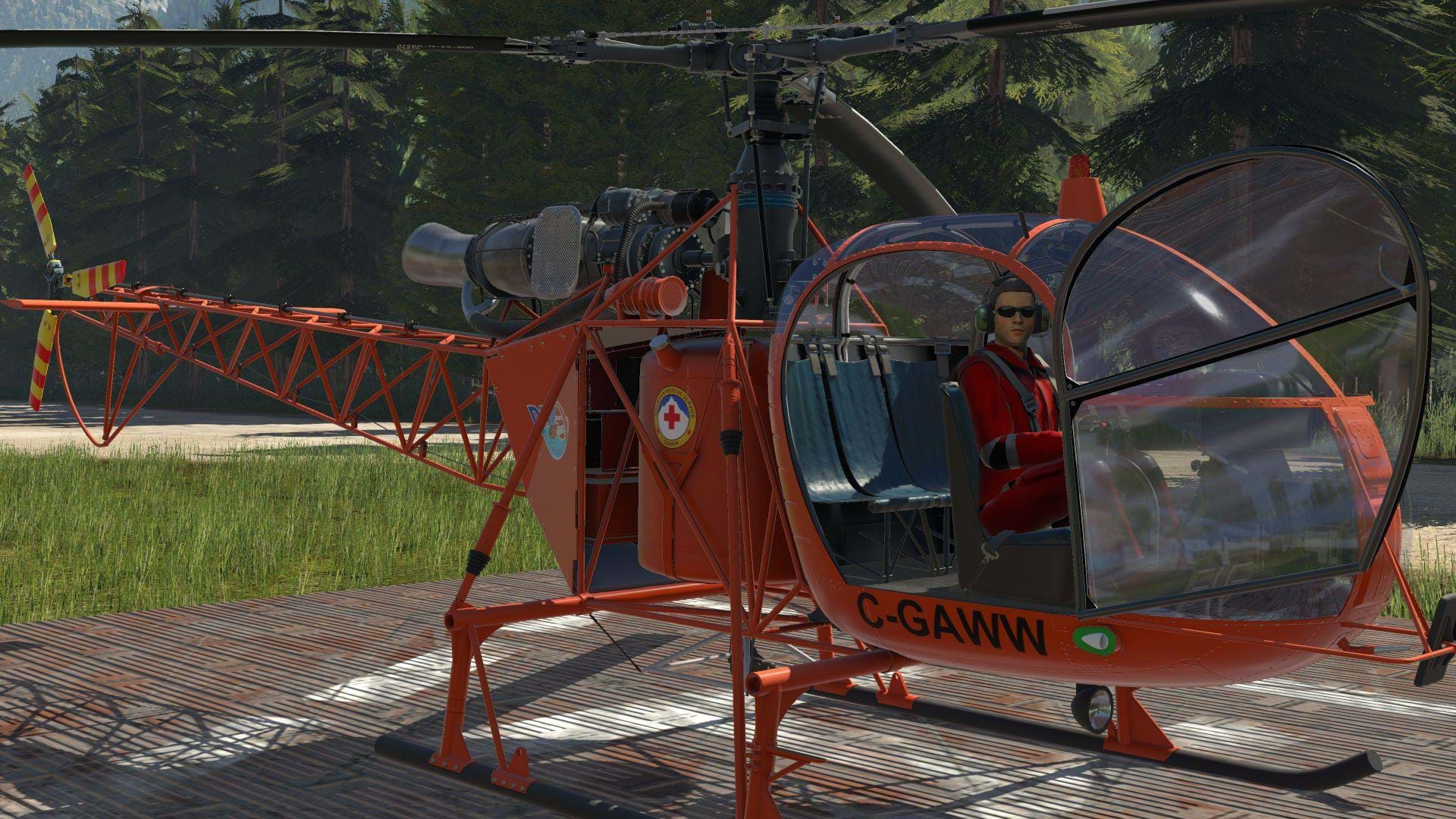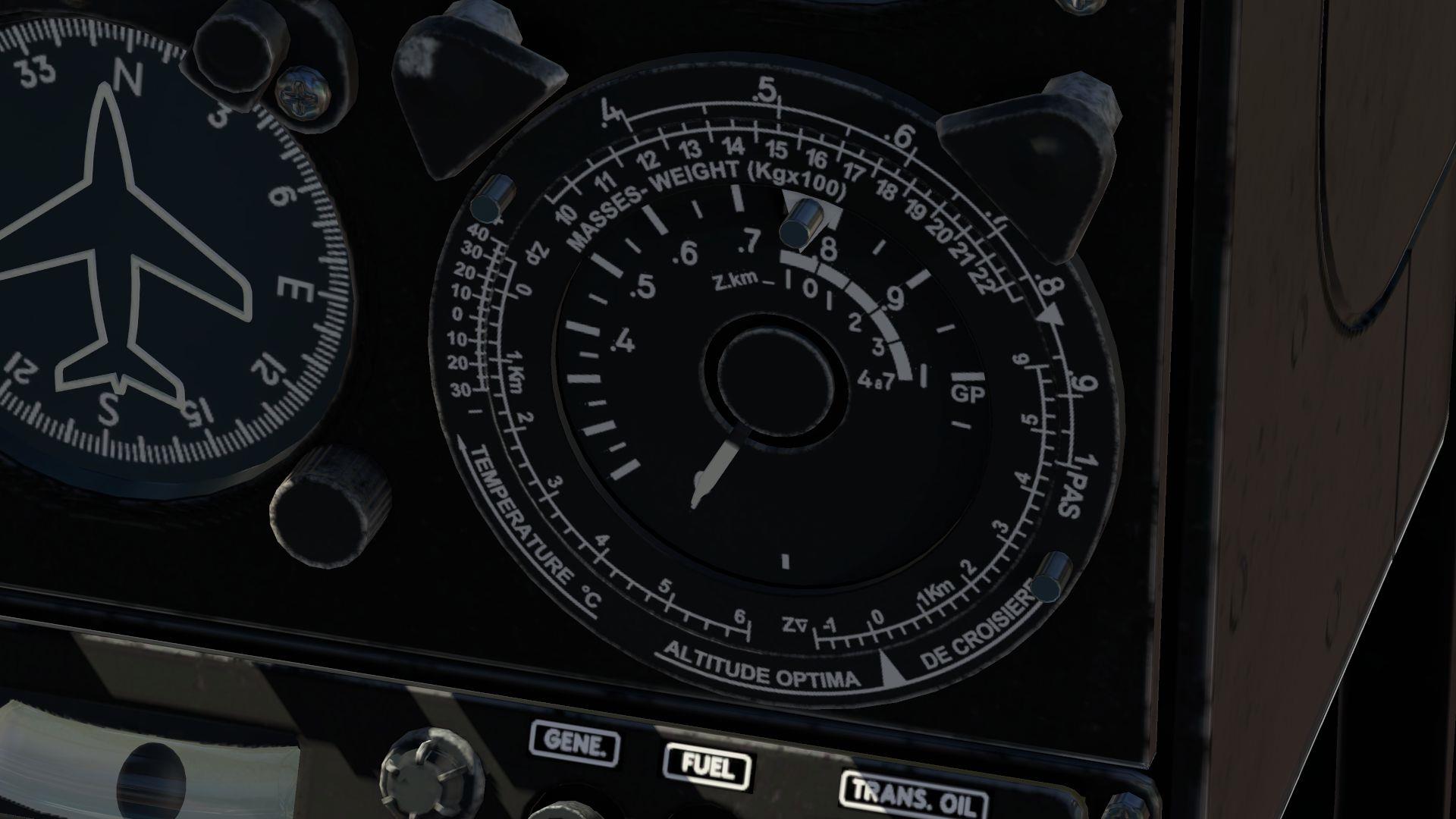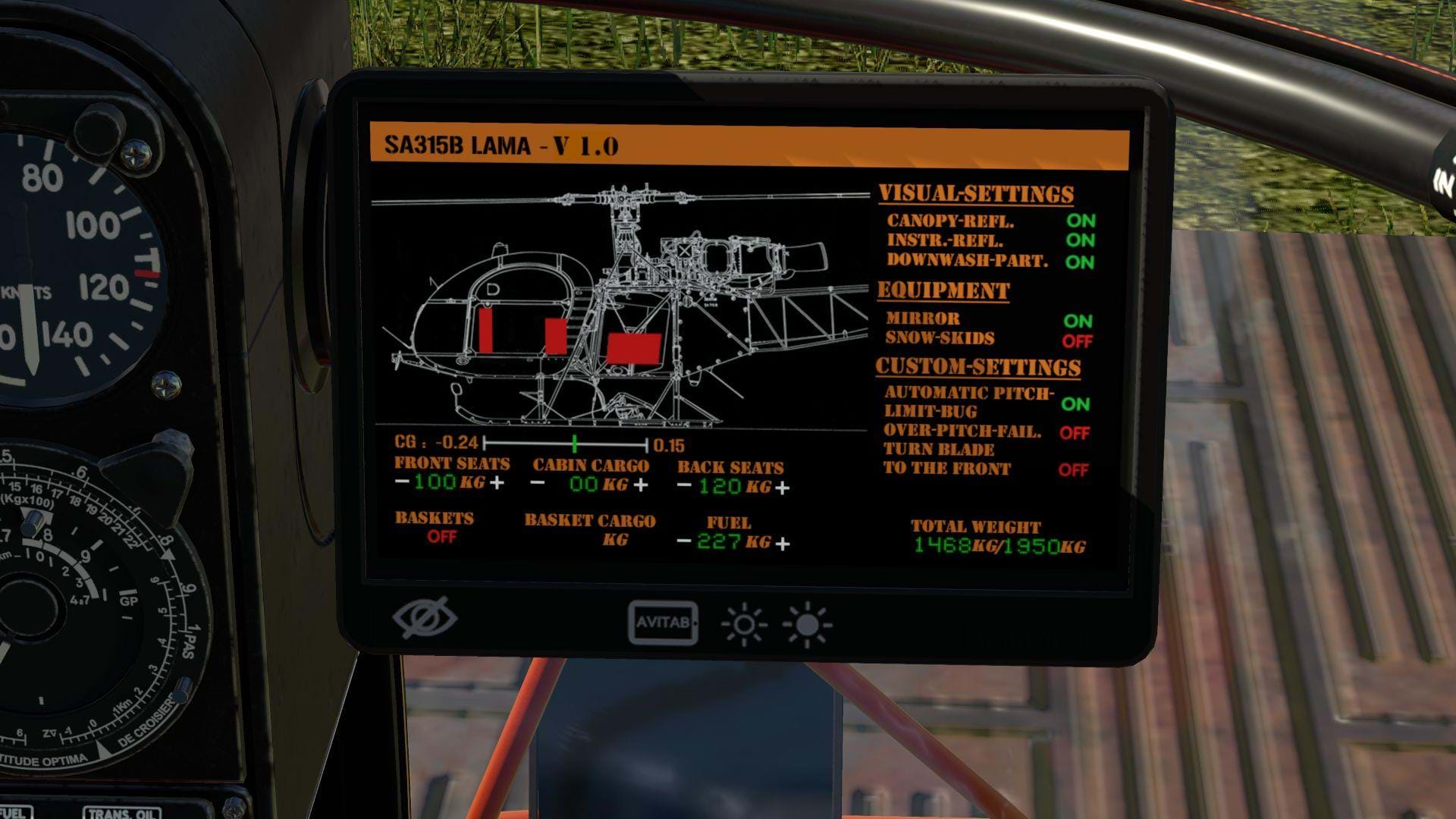Back around 2015, a buddy of mine and I were driving back to work after doing our HUET courses at the other end of NZ. We’d stopped at the airport at Taupo (NZAP for those that are interested) for lunch when we heard the rhythmic beating of a helicopter coming toward us.
At first, we both thought it was a Squirrel and went back to our sandwiches, however shortly thereafter, another noise reached us, a high pitch screeching that could only be one aircraft. A Lama complete with spray booms then appeared over the treetops and settled onto its trolly. Of course, I had to go and have a look at it as it’s an aircraft that has fascinated me for some time. There were a number of them in NZ when I was growing up however, sadly, the only two left are in a museum.
The Lama story really starts more than 10 years before the Lama flew. The immediate predecessor of the Lama, the SE313 Alouette II, flew for the first time in March 1955. The new aircraft set altitude records months later at nearly 27,000ft.
When the aircraft went into full production in 1956, it became the first production helicopter to use a turbine engine, which of course was still fairly new technology at the time. The Alouette saw widespread use with military and civilian operators throughout Europe and the Middle East. By the mid-60s though, technology was moving fast and the Nepalese and Indian militaries, in particular, were wanting a helicopter with a bigger engine.
Prototype SA315 Lama – Airbus Photo
In response, Sud Aviation as it had become, designed the SA315. The 315 was externally almost identical to the Alouette II but possessed the drive components from the Alouette III and the bigger Artouste engine.
The SA315A (F-BPXJ) first flew in March 1969, with Roland Coffignot and flight engineer Gérard Boutin. The prototype 315-001 was upgraded to what became known as the SA315B with a different fuel tank and taller undercarriage. The SA315B then received its airworthiness certificate on 30 September 1970.
The Lama established itself as a superior ‘hot and high’ aircraft on 19 June 1972 when legendary test pilot Jean Boulet and Gérard Boutin took 001 to an absolute altitude record of 35,551ft. Three days later, Boulet without a flight engineer took 001 to 40,820ft.
In Europe and to a lesser extent North America, the Lama was extensively used by various utility and mountain rescue organisations. Even in this day and age of the AS350B3, Lama pilots love the ease of use and reliability of the type, and it really is only the maintenance costs and the speed of the Squirrel that lead to the Lama being phased out and replaced.
Lama ZK-HDX of Helicopters New Zealand, Christchurch 1973. Note the Alouette type fuel cell and left hand drive – Dave Bates Photo
As with a number of types, HAL in India, concluded a deal to license build the Lama in October 1972. The first flight of the renamed the Cheetah was in October 1973 and these aircraft have been upgraded to and replaced by the Cheetal which although identical, boasts an even more powerful Turbomecca engine. In addition, Helibras in Brazil assembled Aerospatiale built Lamas and built a number under license.
All in all, excluding the HAL manufactured aircraft, 456 Lamas were built by Aerospatiale and Helibras
As the new century came and went, Eurocopter and then Airbus decided to cease support for the Lama in favour of the AS350 Squirrel which is a direct descendant however as of the time of writing (September 2021) Airbus is still publishing service notices and safety information with the Lama attached. Maybe the old girl still has some life left in her yet….
The Philip Ubben/Khamsin Lama
This project, like many it would seem has had rather a long gestation period. For quite a long time, updates were sporadic, and information wasn’t forthcoming. When the main developer, Philip Ubben teamed up with Khamsin, the project came more to the fore and some truly amazing screenshots were seen. Despite the Khamsin tag, this project is definitely Philip’s baby, and the project wouldn’t have happened without him .
Installation
The downloadable file is available from the X-Plane.org store and is simply a 717mb .zip file. This is unpacked into your aircraft folder for a total size of 786mb. Not much difference between the compressed and non-compressed folder.
Model and Textures
The model looks amazing. There’s no other way to say it.
Representing a typical French built SA315B the model looks to my eye to be about as near to perfect as one can get. There are a whole lot of little details all over the external model such as the accessory gearbox, the tail rotor controls which are of course exposed in the framework of the tail boom and the myriad of little details all over the rotor head. There isn’t a heck of a lot to say about the external model so just look at the pretty pictures.
Something to note here is that the rotor blade and tail rotor animations are some of the best that I have ever seen in a sim.
Honestly, it is one of the most pleasing visual models that I have seen in XP, and that’s not just because I happened to like the Lama. You can add baskets to the side of the aircraft through the onboard tablet (more on this later) and add payload to these (more than 20kg of payload selected will show payload in the baskets) and the option to have skis fitted is also included.
The only thing that I would like to see added to the external model as options are the filters and mufflers for the compressor. The compressor is fairly open on the Artouste and for operations that involved a lot of ‘stuff’ in the air, sand filters were fitted. The mufflers were a semi successful experiment to try to dull down the noise of the aircraft and quite a number of aircraft had them.
Marine Helicopters Lama with sand filters fitted. New Zealand 1986 – Dave Bates Photo
Helicopters NZ Lama with mufflers / silencers fitted. New Zealand 1982 – Dave Bates Photo
The internal model is very well executed too. A lot of addons fall down in one or both of these areas, usually the internal model but I have to say that Philip has done a pretty spectacular job here.
There are no options for dual controls fitted, which in my opinion, is quite OK. I’d much rather have them out than in. Also, of note here is that there is no GPS fitted. This bird is for getting up and down the mountain, not for flying long distances.
The only things that I feel could have been done better here is that you can’t take the doors off and there are no internal models for payload or for passengers. Now, for an aircraft that is heavily utilized in the external load environment, not being able to take the doors off or not having a sling window is a bit of a disappointment and despite being able to load up the machine there are no people sitting on the seats or cargo on the floor. It would be nice if these features get added in the future.
The pilot figure stays in the aircraft all of the time regardless of anything else and is wearing a headset as opposed to a helmet which is a pity, however, the model is excellent and will look where the view is, periodically looking inside and straight ahead before looking back at you. Quite a nice touch. It would be nice however if you could remove the pilot figure and have covers and blanks in when you shut down.
In all honesty though, I can’t really mark it down too much on these minor points given how amazing the rest of the model looks.
The texturing inside and out is really very good. The aircraft looks incredibly realistic. There are all sorts of little details that have been textured onto the aircraft, particularly the drive components that really sell this thing. The texturing is mostly clear, and the little labels are mostly readable including the placards that are on the top of the instrument panel. Some of the internal labelling seems a little bit fuzzy low res but you don’t really notice it when you sit back.
I’m having a hard time saying anything negative about the texturing at all. Looking a little low resolution in places but perfectly serviceable. Suffice to say that it’s about the best looking Lama that I’ve seen in a sim.
Systems
One of the things that operators love about the Lama is how simple it is as an aircraft. It really is one of the first aircraft where you simply hit a switch to start it and it’ll do everything else for you.
This type of system is of course not uncommon throughout the aircraft in this line from the Alouette II through to the Gazelle.
After the fuel pump is switched on for 20 seconds, the start switch is simply moved to ‘Start’ and is left there. A series of microswitches takes care of the rest including when to introduce fuel. I can imagine that this would give operators a lot of problems nowadays in harsh environments that aren’t very kind to sensitive electrics but even still, the system seems pretty bullet proof.
On our simulator model, the start system is precisely modelled in every aspect. Without going into excruciating detail about what’s supposed to happen where, the sim behaves exactly as the real thing does. Despite the aircraft having an almost automated startup, the pilot still needs to watch the temperature and be ready to abort the start if it gets too hot, but I have yet to have the temperature come up anywhere near the point where I’d need to abort the start.
The third position on the start switch is for venting the engine. This motors the engine over without sparks or initiating the injection of fuel. Handy for cooling the engine prior to restart or for compressor washing. This all works as it should when the switch is held in the vent position.
The way that the electrical system has been coded is the best I have ever seen in a sim, period. There has been a slight change in the warning light test where a single push to test tests all the lights whereas in the real aircraft, you have to test the warning lights one at a time.
Not an issue and I’m sure that this is or has been a mod on a real aircraft somewhere. The voltage decreases over time as you would expect and when performing a start, the way that the needles move is something to behold. It makes the aircraft feel alive. The way that the RPM needle bounces at low RPM is exactly the way it happens in the real aircraft.
The voltmeter decreases quite a lot during start and even the warning lights dim. It’s simply amazing. At first, I thought there was an error seeing as the fuel gauge reads despite the battery switch position. After a little bit of research though, I found that this is indeed the case with the real aircraft.
There are only a couple of things that I can point to as being a little suspect. The first, and this is coming from somebody who has no idea about the Lama’s electrical system is that when the battery is energized, the voltmeter is showing 28v already. Most turbine helicopters electrical systems consist of a 24v battery with a 28v electrical system. Starter carts are usually 28v. This Lama does not come with the option for a ground power start either. The other thing is that I can’t get the nav lights to work and the manuals don’t mention anything about them.
The Alouette, Lama and Gazelle feature a centrifugal clutch meaning that the blades won’t start to turn until the engine RPM comes up above a certain point. This has the advantage in the field of being able to stop the blades turning to allow for safe loading of passengers and cargo while having the added security of not worrying about restarting the engine when it’s hot. On the model, the throttle has the correct correlation to RPM, and it can be operated identical to the real thing.
The other interesting feature of the Lama (and Alouette) is the pitch indicator. Most turbines use torque and TOT (T4) as a measure of engine performance however the Alouette and Lama use a pitch gauge, as in pitch on the blades. The gauge is kind of a manual computer that you put altitude and temperature in, and you get the ‘bug’ pointing at the maximum pitch that you can pull.
Theoretically, you don’t have to worry about your turbine temperature. The system looks a little complicated at first glance, but it is simply a series of wheels, much like the dreaded ‘whizz’ wheel that pilots have to learn to use.
The use of the pitch gauge is described in the manual, but it is possible to set this to automatic so that you don’t have to adjust it for changes in altitude and temperature and you just pull to the prescribed limit. Not particularly realistic but quite handy. As with a lot of helicopters, the Lama’s engine is de-rated by quite a lot. If you pull past the limits, it’s not going to go ‘bang’ immediately. However, the developer has included an option to make it go bang if you abuse it.
The only other slight and I do mean slight issue is the transponder. There is no ‘Alt’ mode, it goes straight to ‘Test’ and the interrogation light and ident button are swapped.
The way that the gauges have been coded is excellent. The ASI moves around a lot a low speed just like on a real helicopter, the AH and HSI move around as they are caged and the previously mentioned tach bounces as the RPM increases. Take note developers: THIS is the new standard now.
The Lama is a fairly simple aircraft but one that has a number of nuances, and the developer has replicated them almost exactly. I can’t find a single thing wrong with it. This is something that developers struggle to get right sometimes but Philip has nailed the systems modelling.
Sounds
Let’s be honest: one of the big keys to making a convincing Lama is the sounds.
As mentioned at the start of this piece, you hear the Lama (and Alouette) before you see it and a sim addon should reflect this. Everything in this cockpit that should have a noise associated with it does. Right down to the little test button for the warning lights. A fun little feature is that when you add the baskets or skis, you can hear a power drill. Obviously, the time it takes to fit these is severely shortened but it’s a nice little touch.
Hitting the starter certainly puts you in the seat of the real thing. All of the sounds gel together seamlessly, and I can’t identify ANY issues with them at all. There is a difference between having the door open and closed and with the door closed, the sound is muffled how it would be wearing a headset.
One of the really impressive things is the way that the sound changes depending on how much power is being pulled. It starts to really scream as you pull close to the max and the growling of the blades and tail rotor also changes.
The noise also changes impressively depending on the external view. If you’re around the back, the tail rotor noise takes over and it fades seamlessly as you move around the sides.
I’ve tried to fault the sounds and I can’t. I really tried to find some little thing to complain about but there is nothing. The sounds are perfect.
Flight Dynamics
Now, I’ve not flown a Lama, nor am I likely to now unfortunately. I’d expect, from flying the Squirrel, that it would be relatively sensitive but stable. This is exactly where I find it on the spectrum. It requires a reasonable amount of right pedal, and it wants to sit right rear low as you would expect. It gets along fine in flight, in fact, it’s downright pleasant to fly for any length of time. In forward flight, it still requires a fair amount of right pedal. I’m not able to confirm if this is the way that it should be or not but it’s possible that it is given that there is no vertical stab to keep it straight so maybe the tail rotor does indeed do more of the work than other helicopters.
Taking her to altitude now.
While the Lama is undoubtedly a powerful machine, like other aircraft, fill it up with fuel and cargo and go to altitude and you can find the limits of the envelope easy enough. Despite this, it is a very comfortable aircraft for mountain operations which is certainly one of the big selling points of the real aircraft.
I was able to hover OGE at 10,000ft without too much trouble although you still have to have your wits about you. Just because it’s powerful doesn’t mean that you can’t get into trouble. Interestingly enough, even pulling to the pitch limit, at 60kts it will usually give you 2000fpm to 2500fpm which is pretty good but it’s still not going to be enough to outclimb a hill.
I didn’t go as in depth with the Lama as I do with some of my other reviews as I don’t have any first-hand knowledge of Lama operations but what I was able to accomplish with it seems about right.
Handling in the wind is fair with downwind and crosswind from the right being very tricky, probably more so than the real aircraft but this has always been a problem with XP.
Autorotations are a pretty simple affair although I have noticed that the RRPM (Nr) doesn’t come up to anywhere near the top of the green even when heavy. During a normal auto, it tends to hang about down the lower half of the green even with harsh manoeuvring. Again, never flown a Lama but I would certainly expect it to go much higher. Despite all of this, it is very controllable and relatively easy as far as sim helicopters go.
All in all, I can’t really fault how the Lama flies. Without being experienced on the type, the flight model didn’t throw up anything unexpected apart from the auto RPM. In fact, it actually really is very nice to fly and certainly seems to throw out plausible flight characteristics.
Misc
Documentation
There are three different manuals for the Lama. There is a cockpit familiarisation in English, German and French.
A separate FAQ document for all three languages and the same for the actual manual. I suspect the manual was written in German and then translated into the other two. There is evidence of some strange translation. Despite that, the manuals are well laid out well written.
Vibration
As with every helicopter as the blades start to turn, things start to move in the helicopter. Three bladed machines are particularly known for rocking and moving at lower RPM and the Lama is no different. Starting the blades turning, the stick starts to move as do the ASI and Load Weigh gauges. Curiously enough, I didn’t observe any real cockpit vibration. Not sure if there is supposed to be but it wasn’t noticeable to me.
Tablet
In front of the pilot there is a removable tablet. This is how one loads fuel, cargo and seat weights. In addition, you can add or remove the skis, baskets and mirror. You can also turn reflections on and off. This is also how you toggle the automatic pitch indicator, toggle the overstated overpitch failure and move the blade over the nose for starting (this is important on the real aircraft so that you don’t cook a blade while starting).
Excellent system although the options aren’t saved per livery which is something that should really be part of it. You have to change all of the options to suit your preferences every time you load the aircraft. Persistent state modelling should really be included in the future.
Downwash Effect
There is a custom downwash effect that can be turned on and off in the above tablet. It’s quite a lot more realistic than the default but it can be a framerate hog apparently. I haven’t had any issues on my dinosaur rig though so it can’t be too bad.
Liveries
Given that the designer is German, the distribution of the liveries shouldn’t come as a surprise. There are 14 real world liveries and a blank livery for repainting. One of the 14 is a livery that actually belonged to an Alouette II. Of the other 13, only three are outside of Europe with two American and one Canadian registration represented. Not really an issue of course as the community usually comes to the rescue for us colonials.

